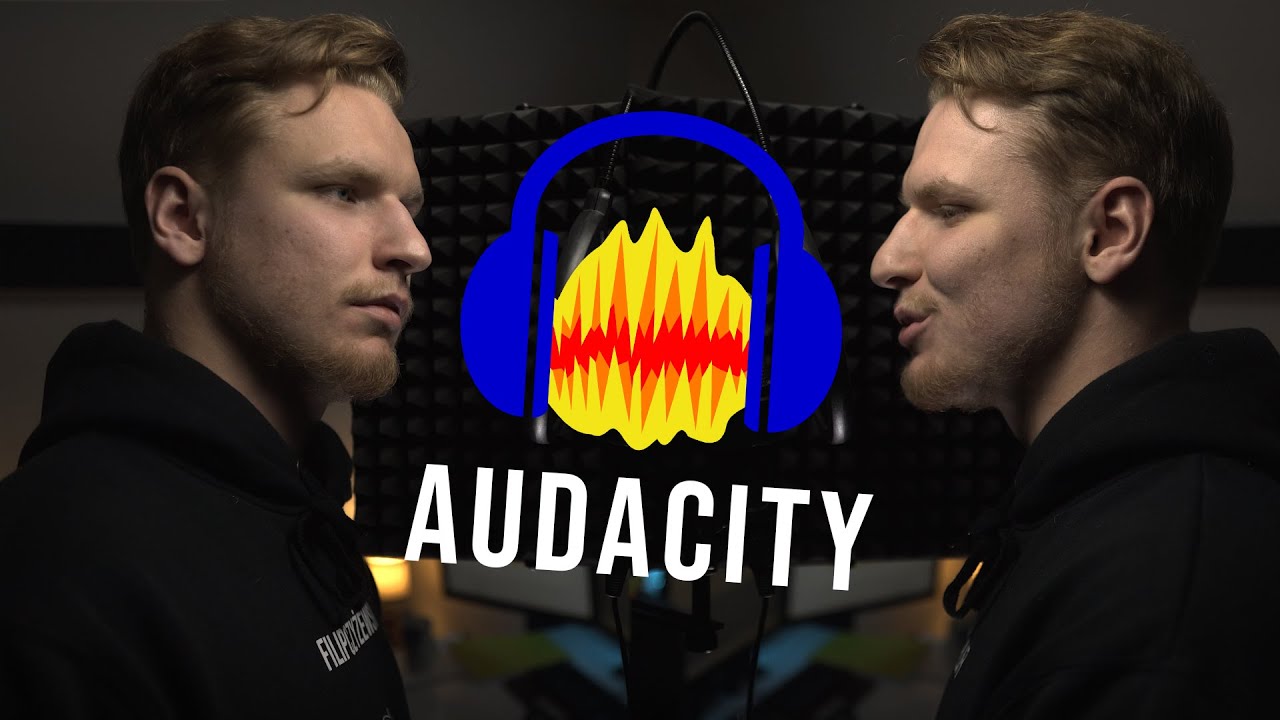Useful audio settings for voice recordings freely according to @Austin valuable tips
High Pass - Cutoff frequency: 60-80Hz - because below this range there is no voice part anyway and you can eliminate possible noise. Question: which value for Rolloff rate??? 1 = soft, 3 = already much steeper, 5 = ralatively sharp cutting of the sound below the cutoff frequenzy.
At low frequencies up to 200 Hz, the very high “Rolloff rate” settings are bad (9 or 10), producing resonances with strange howling noises.
Low Pass - Cutoff frequency: e.g. 12.000Hz - because above this frequency there is no voice part and you can eliminate possible noise. Rolloff rate: 1 = again very soft, 5 = trims already much steeper, 10 probably the sharpest. High values of the “rolloff rate” do not cause any problems with low pass and no unwanted resonances.
Compressor: Possible settings:
Attack: 20ms, Release: 210ms, Threshold: -20dB, Ratio: 1:3 to 1:4, Knee radius: 3.2.
Makeup gain: better no gain, because it is hard to find the right value. So better do the gain with the next filter: Normalize: Two Pass.
Normalize: Two Pass
Target Loudness -15 LUFS
The dynamics are already well adjusted.
You can improve the timbre with the EQ.
Human speech consists of loud vowels (a, e, i, o, u) and soft consonants. To make speech more understandable, it is often useful to make the vowels quieter: You can do this by reducing the volume somewhere in the range of 100Hz to about 900 Hz.
The consonants (k, p, s, t, etc.) are primarily in the frequency range of 2,000kHz to 4,000Hz. Somewhere in this range you should increase.
But unfortunately, you can’t do that across the board. Also, there is no technology that automatically gets it right. That’s why work is the order of the day: listen and try. The individual character of the speaker also plays a major role, as do the characteristics of the microphone and the room.
The following values work quite well for me personally. It is very likely that my knowledge will still expand and thus also my settings:
Equalizer: Parametric
Slope: Low values (0.1) make an extremely soft selection, high values up to 1.0 make a narrow one. Austin says: The default will probably be fine 99% of the time.
Q values: 0.0 bad, does iterference, 0.1 hard, narrow selection (Bell). 1.0 standard. 4.0 makes max. soft selection (Bell).
An example of my voice and the microphone Rode-NTG
Low Shelf: 900Hz -5.0dB, Slope: 0.5
Band 1: 160Hz, Gain -10dB, Q 3.0
Band 2: 5,550Hz, Gain + 6.0dB, Q 1.2
Band 3: 0Hz, Gain 0dB, Q 2.5
High Shelf: 11,000Hz, Gain 0dB, Q 2.5
And finally make sure there is no clipping with the:
Limiter
Input gain: 0,0dB
Limit: -1,5dB
Release: 0,51s = Standard
I hope this is not too detailed. But maybe other beginners can benefit from it.
My wish to the connoisseurs: Please check my suggestions for correctness - I don’t want to spread false recommendations.



 As it’s possible to add Normalise: Two Pass to track. Before export shotcut ask it to analyse audio files and it does it as tasks are visible. Everything looks like this filter is applied. And it could be applied. Just to all audio clips being on this track. There is no any technical reason not to do this. Thus for me it’s TERRIBLE BUG!!! I decided to delete all my videos from yt and add them once again to have better audio and… Sorry but my blood tension is extremely high now. Shotcut definitely has too many errors. Bugs, bugs, bugs… I’m trying to understand that it’s free project but on the other hand I use many free software and with no any I have so many problems…
As it’s possible to add Normalise: Two Pass to track. Before export shotcut ask it to analyse audio files and it does it as tasks are visible. Everything looks like this filter is applied. And it could be applied. Just to all audio clips being on this track. There is no any technical reason not to do this. Thus for me it’s TERRIBLE BUG!!! I decided to delete all my videos from yt and add them once again to have better audio and… Sorry but my blood tension is extremely high now. Shotcut definitely has too many errors. Bugs, bugs, bugs… I’m trying to understand that it’s free project but on the other hand I use many free software and with no any I have so many problems…